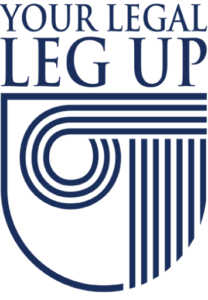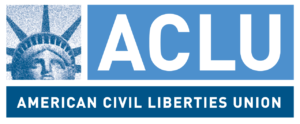Jubilee for Student Debt
There is a movement – in its very early stages – for a debt jubilee. You may not have heard of it, but it has some people very worried. And I think there’s a good chance it will come to pass. Soon.
This is the second of a series of articles on a continuing political phenomenon important to people with debt. The first article is “Occupy Wall Street.” The second article is Econ 101 or What Happens when the Bills Come Due.
What is a “Jubilee”?
A jubilee is the mass forgiveness of debt – a governmentally imposed wiping of the slate clean from all debt of any specific, or all, types of debt. You might think it could never happen here in the United States, but it has, historically, happened several times in various places. Never was it more appropriate than for student debt, in my opinion. Of course, other kinds of debt could also get thrown into the pot when things get going. Is it good? Is it likely? And if it happens, what will be the probable consequences?
Any talk of student loan jubilee should begin with what has happened in the past forty years. During that time, student loans have become not just popular, but essential for almost all students entering college or other formal, advanced education in the United States. In some countries in Europe, for example, schooling is free, but here it is expensive – very expensive. And it has been getting more so at a rate far exceeding the rate of inflation for the past forty years. This is because student loans, which had a noble publicly discussed purpose (making education available to all) had the unintended consequence of making education unaffordable to all. By relieving the price competition, it has allowed schools to increase tuition at a tremendous rate.
The schools and the banks have become filthy rich from the system. Student graduation rates have fallen, and average length of college has increased. And a whole generation of students have entered adult life with a crushing burden of debt.
Because of “special government protections,” bankruptcy is almost never any help to people with student debt. They declare bankruptcy and still end up paying everything they have for student loans that, all too often, were completely useless to them. Whatever you think of Trump’s tax cuts for the super-rich in 2017, the amount would have been enough to rid people of their student debt burdens, so it can be done. It’s just a question of who gets the money: the super rich 1%? Or the poverty stricken 99%?
This question is soon going to be coming to the fore.
Social Security is a Huge Issue
There’s another factor at play. The baby boomers – people born from roughly 1950 – 1965 – have plundered the resources of the past and future. They’ve given themselves tax cuts and embarked upon expensive wars while decimating the interest rates that allowed old people to live on their savings. And while guzzling the resources that could have given the young a start in life. Now they’re beginning to retire, assuming that Social Security will keep them in the comfort to which they are accustomed, for the rest of their long lives. When boomers started paying into Social Security, there were many workers per retiree, now there are less than half as many workers per retiree. Social Security is paid out of current tax revenues, so what that means is that the “surplus” people like to talk about for Social Security is an illusion – that surplus is made up of government bonds which are paid (or rolled forward to be paid later) out of current taxes. The millennials will be paying for the boomers’ retirement, if they choose to do so.
By election time in 2020, the baby boomers will no longer be the largest voting group in the country. Millennials will become the largest voting block, and they will be gaining electoral power for many years after that. It is going to occur to them that the boomers have pillaged their futures. It will occur to someone that the time is ripe for a jubilee to set thing straight. That person will find a passionate following of people who have never felt called-upon to vote. Politicians have pandered to the boomers for many years. They’ve ignored the millennials, and the millennials have ignored them.
That could change very suddenly. I think it will. Some people are in fact already talking about it.
What it Means
The change in electoral power and the likely shift in governmental focus could be huge. One could hope that the millennials will strive to set some priorities that the boomers never managed. In that scenario, student loans would be eliminated and free education installed (perhaps). Social Security would be managed in some way take care of the old without overburdening the young, and peace and harmony could descend forever and ever amen. Something has to change for that to happen, though. Either the super-rich will have to pay much more or the military, for example, will have to take much less. It could happen, but these are both deeply entrenched special interests with a lot of money and power.
An alternative scenario is less attractive but more likely. In that scenario, student debt is eliminated and there’s a lot of talk about cutting back on money to retirees and the military and of taxing the super-rich. What actually happens is more of what has been happening, though – the deficit balloons. The money is paid in depreciated dollars, and the debt is pushed down the line for the future to pay.




